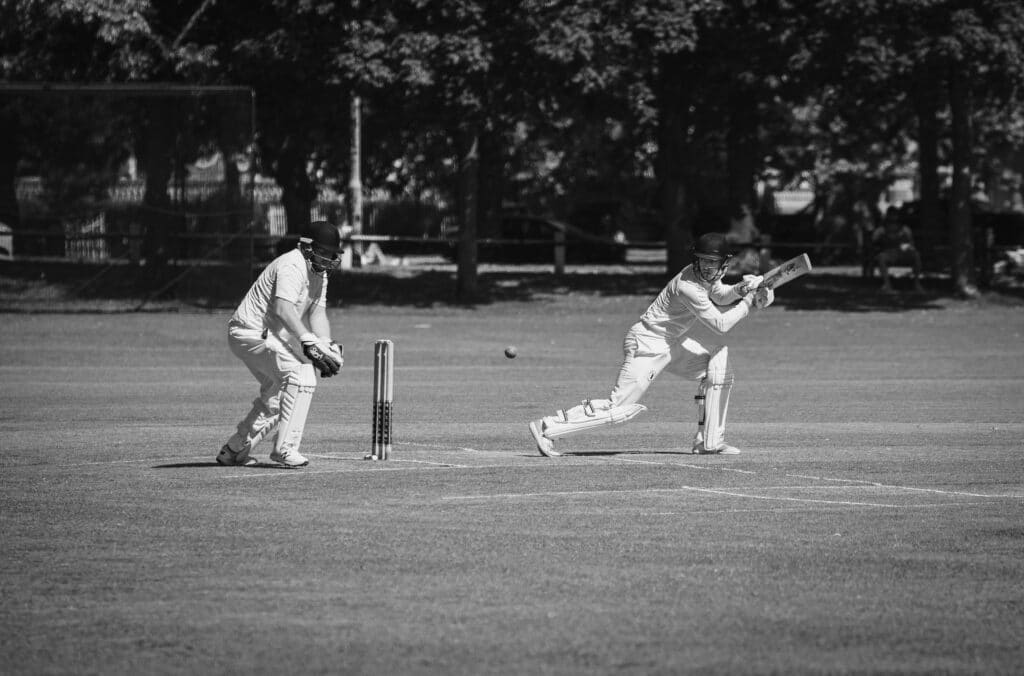Muscle strains: All you need to know
What we’ll cover
- What Defines Muscle Strain and How It Differs from Sprains?
- How muscle strain occurs
- What are the common symptoms of a muscle strain?
- Types of muscle strains
- What causes muscle strain
- How long does it a take a muscle strain to heal?
- Muscle strain treatment
- Best treatments for a muscle strain
- Physiotherapy for a muscle strain
- Physiotherapy for a muscle strain
- Muscle strain grades and treatments
- How to prevent muscle strain during exercise and daily life
- How do I know if I’m ready to return to sport following a muscle strain?
What is muscle strain?
What Defines Muscle Strain and How It Differs from Sprains?
Muscle strains are a form of soft tissue injury that can be incredibly frustrating if not managed well. Injuries occur when the amount of force going through a tissue exceeds it’s tolerance or capacity. This can be from an acute incident, through to an accumulation of repetitive overloading. Whilst muscle strains can occur to anyone, they are most common in the sporting or athletic population. Common muscle strains that occur include a hamstring, quadriceps or calf strain.
A muscle strain affects the muscle fibres or the tendons that attach muscle to bone. In contrast, a sprain involves ligaments, tissues connecting bones to each other. While both injuries cause pain and swelling, strains usually impair active movement, while sprains affect joint stability.
How muscle strain occurs
Muscle strain typically results from:
- Sudden acceleration or deceleration
- Improper lifting technique
- Insufficient warm-up or stretching
- Fatigue that impairs muscle control
These factors cause muscle fibres to overstretch or tear under pressure.
What are the common symptoms of a muscle strain?
The common signs of a soft tissue injury generally include localised and sharp pain. This commonly occurs when the muscle is being used either during a contraction or when the muscle is being stretched. In most cases, the actual incident or time of injury can be pin pointed to a specific incident or moment in time. For example, when you watch the football, you may see the moment that a player grabs their hamstring when running or about to push off.
Other common signs and symptoms of a soft tissue injury include:
- A lump or knot at the site of the injury.
- Muscle cramping or spasm.
- Difficulty stretching the muscle.
- Muscle weakness.
- Bruising and swelling.
Types of muscle strains
Although muscle strain can affect any skeletal muscle, some regions are more susceptible due to their workload, mobility, or vulnerability in specific movements. Each strain type has unique implications for treatment and recovery.
- Abdominal muscle strain: Typically arises from explosive twisting or overuse during core-focused training. It can limit trunk mobility and breathing ease.
- Quadriceps muscle strain: Affects the front thigh and is common in running and jumping. Pain can occur during knee extension or while climbing stairs.
- Calf muscle strain: Often happens during rapid acceleration. It limits push-off power and can interfere with walking or sprinting.
- Groin muscle strain: Impacts the inner thigh muscles, often in sports involving side-to-side movements. Pain is localised and worsens with leg adduction.
- Hip flexor strain: These deep pelvic muscles assist in lifting the leg. Injury here affects walking, sprinting, and rising from seated positions.
- Hamstring muscle strain: A high-risk area due to its dual role in knee flexion and hip extension. Improper warm-up or sprinting often triggers injury.
- Intercostal muscle strain: Between the ribs, these strains may arise from forceful coughing or rotational strain. Pain can make deep breathing uncomfortable.
- Back muscle strain: Often involves the erector spinae or smaller stabilisers, and is linked to poor lifting posture or extended static positions.
- Neck muscle strain: May develop from sudden movement or chronic postural issues, leading to headaches and limited neck rotation.
- Chest muscle strain: Usually affects the pectorals, especially during resistance training. Pain is prominent with pushing movements or deep breaths.
What causes muscle strain
Muscle strain develops from a mix of mechanical and biological stressors:
- Sudden injury and overuse: High-intensity or repetitive movements can lead to both acute and chronic muscle strain.
- Poor flexibility, inadequate warm-up, and fatigue: These factors reduce the muscle’s ability to absorb force safely.
Activity-related risks: Sports like sprinting, weightlifting, or activities involving quick directional changes increase strain likelihood.
How long does it a take a muscle strain to heal?
Depending on the severity of a the muscle strain, healing time frames can vary. A mild strain can vary in healing time frames from four to six weeks. In more severe cases, recovery can take several months.
However, in most cases, if treated and managed well, muscle strains can recover completely with a good prognosis.
Muscle strain treatment
Best treatments for a muscle strain
Early intervention often includes:
- Rest and ice to reduce inflammation
- Compression and elevation for swelling control
- Pain relief through appropriate medication
- Gradual reintroduction of movement with physiotherapist guidance
Physiotherapy for a muscle strain
Your physiotherapist is an expert in the assessment and treatment following a muscle strain. A thorough assessment can be completed to assess the degree and severity of your muscle strain.
Physiotherapy then focuses on reducing the initial symptoms of a muscle strain. In the early stages of rehabilitation, your physiotherapist may use common techniques such as soft tissue work, dry needling, stretches and exercises to safely reduce the pain and swelling.
Depending on the severity of your strain, your physiotherapist will guide you through exercises to reduce scar tissue and ensure remodelling. These exercises vary from person to person and are dependent on the stage of rehabilitation. Strengthening exercises for a muscle strain work on the premise of progressively and safely loading the muscle up to ensure it adapts.
Physiotherapy for a muscle strain
Your physiotherapist is an expert in the assessment and treatment following a muscle strain. A thorough assessment can be completed to assess the degree and severity of your muscle strain.
Physiotherapy then focuses on reducing the initial symptoms of a muscle strain. In the early stages of rehabilitation, your physiotherapist may use common techniques such as soft tissue work, dry needling, stretches and exercises to safely reduce the pain and swelling.
Depending on the severity of your strain, your physiotherapist will guide you through exercises to reduce scar tissue and ensure remodelling. These exercises vary from person to person and are dependent on the stage of rehabilitation. Strengthening exercises for a muscle strain work on the premise of progressively and safely loading the muscle up to ensure it adapts.
Muscle strain grades and treatments
| Grade of Strain | Severity of Injury | Typical Symptoms | Treatment Approach |
| Grade 1 (Mild) | Minor muscle fiber overstretch | Mild pain, little to no loss of strength | Rest, ice, gentle stretching |
| Grade 2 (Moderate) | Partial muscle tear | Moderate pain, swelling, bruising, weakness | Physical therapy, pain meds |
| Grade 3 (Severe) | Complete muscle tear | Severe pain, swelling, loss of muscle use | Possible surgery, extended rehab |
How to prevent muscle strain during exercise and daily life
Preventative strategies focus on preparation and recovery:
- Proper warm-up and stretching improve circulation and flexibility.
- Strength training and conditioning build muscle resilience.
- Safe technique and rest periods reduce overload and fatigue-related injury.
How do I know if I’m ready to return to sport following a muscle strain?
There are a number of ways to determine if you are safe and ready to return to sport. Your physiotherapist will perform a number of return to play tests. These tests are designed to mimic how the muscle would work in your usual sport or activity.
Commonly, these tests will not only look at your strength, but also your power and endurance. At Malvern East Physiotherapy, in addition to performing these tests, our physiotherapists are also able to assess your strength and power using our AxIT muscle testing system.
Part of getting you back to sport is gradually building up the tissue tolerance in your injured muscle. Once safe to to do, your physiotherapist will be able to provide a comprehensive and graduated return to play to ensure your muscle strain continues to positively adapt and progress.
If you have sustained a muscle strain, book in with our physiotherapists today. Call our team or book online.



